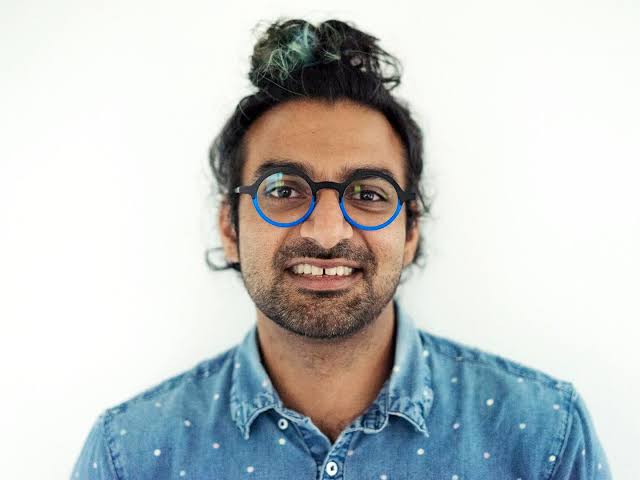In a move that came less than a week after its well-publicized separation from blockchain lending platform Aave, cryptocurrency risk manager Gauntlet said on Tuesday that it is joining up with competitor decentralized lender Morpho.In line with the new strategy, Gauntlet will develop its own loan products and will rely on MorphoBlue, a service that was introduced by Morpho in January and lets anyone build a lending pool for a specific pair of digital assets. MorphoBlue is a direct rival to Aave.
“Gauntlet has decided it could better pursue its mission of making DeFi safer and more efficient by joining forces with Morpho, which endorses a layered risk management approach rather than the traditional monolithic approach,” Gauntlet said in a statement shared with CoinDesk.
The ability for consumers to lend and borrow cryptocurrency without the need for conventional middlemen unites Aave and Morpho.However, Gauntlet co-founder John Morrow surprised everyone last week by announcing that his team was leaving Aave because they “found it difficult to navigate the inconsistent guidelines and unwritten objectives” of the lender’s “largest stakeholders.” Originally, Gauntlet was contracted to help Aave manage risk starting in 2021.
The sudden split left some in the crypto industry perplexed, but the Morpho announcement may help clarify Gauntlet’s reasoning for calling it quits.Using a brand-new tool called MetaMorpho, which enables “risk curators” (like Gauntlet) to establish pools, control their risk criteria, and receive related fees, Gauntlet will administer its MorphoBlue pools.The Morpho model is intended to be more efficient than Aave’s from a risk management standpoint, hence Gauntlet’s adoption of Morpho may be seen as a jab at its former partner.But when considered strictly from a commercial perspective, Gauntlet’s justification for changing sides might make the most sense because it gives the risk manager the chance to make more money with more flexibility.
DefiLlama reports that Aave leads the decentralized lending market by a wide margin, with over $9 billion in total value locked (TVL).The Aave DAO, a group of token holders who collectively control governance powers over the protocol, is in charge of overseeing Aave’s lending pools.The DAO compensates “risk stewards” (such as Gauntlet, until last week) to conduct analysis and provide input on significant choices. The DAO frequently votes on modifications to risk parameters.Although Aave’s risk stewards are granted restricted emergency controls to assist protect the protocol, community votes are typically held to make changes to risk parameters, which can be a laborious process considering the hundreds of risk parameters that Aave has to monitor on a daily basis.
Initially, Morpho was one of Aave’s largest customers, contributing over $1.5 billion to the lender through its “Morpho Optimizers,” which enable investors to receive higher returns on their Aave deposits.Streamlining is the goal of Morpho’s new rival service, which gives risk managers direct management over their MorphoBlue pools.In addition to having direct control over the fees they charge customers, MetaMorpho’s “risk curators” oversee risk management duties for the pools they establish, including establishing collateral requirements, borrowing limitations, and other guidelines.Risk managers “answer to the DAO” on Aave, according to Nick Cannon, vice president of growth at Gauntlet, who spoke with CoinDesk this week.“Morpho,” contrary to popular belief, “makes Gauntlet and other risk curators closer to a first-class person.”
After Gauntlet’s Aave exit was announced last week, Cannon told CoinDesk that his team was motivated, in part, because Aave wanted “exclusivity from Gauntlet without paying for it.”
“We will explicitly not have exclusivity with Morpho,” Cannon said this week.
Gauntlet received $1.6 million annually from Aave DAO to act as an official risk steward.In order to align Gauntlet’s salary with that of competitor risk management Chaos Labs, which became Aave’s second risk steward in 2022, the amount was lowered from $2 million.Some DAO members threatened to withhold their support from the Aave community last year when they deliberated whether to extend Gauntlet’s contract due to Gauntlet’s work on risk management for Morpho.
“We did this one-off economic audit with Morpho, and they said we were moonlighting for them,” Cannon said. “Moonlighting? We made it very public and didn’t have any explicit exclusivity at all.”
According to Cannon, Gauntlet felt as if Aave DAO gave its competitor and fellow risk steward, Chaos Labs, more leeway to work with other lenders.
“If you want to pay for exclusivity, there’s plenty of models to do that,” said Cannon. “I’m happy to find a number there, but it’s definitely tough when we have a direct competitor that’s eating our market share.”
Omer Goldberg, CEO of Chaos Labs, refuted claims that Aave DAO treated his company differently.Goldberg claims that Chaos’s business strategy differs from Gauntlet’s in that Chaos provides an automated risk management platform in addition to its customary “white glove” risk management service.While anyone can utilize Aave’s risk platform, only the company is eligible for the white glove service.
“Aave’s never thrilled that we’re working with other borrow/lends, but it’s not really been an issue,” Goldberg told CoinDesk. “We have a platform so we’re able to do these things, we’re able to scale very quickly.”
The various business models provide an explanation for why a risk-taking company like Gauntlet could benefit more from a joint venture with Morpho.Gauntlet receives an annual fee from Aave DAO, but according to Cannon, his team would have liked if its income increased in proportion to its output.
“You want to fix your costs as a DAO,” said Cannon, but he added that the flat rate made it difficult for Gauntlet to “align incentives” with Aave and “grow over time.”
On Morpho, Gauntlet will earn fees directly from users of its pools, meaning profits can scale up in proportion to usage.

